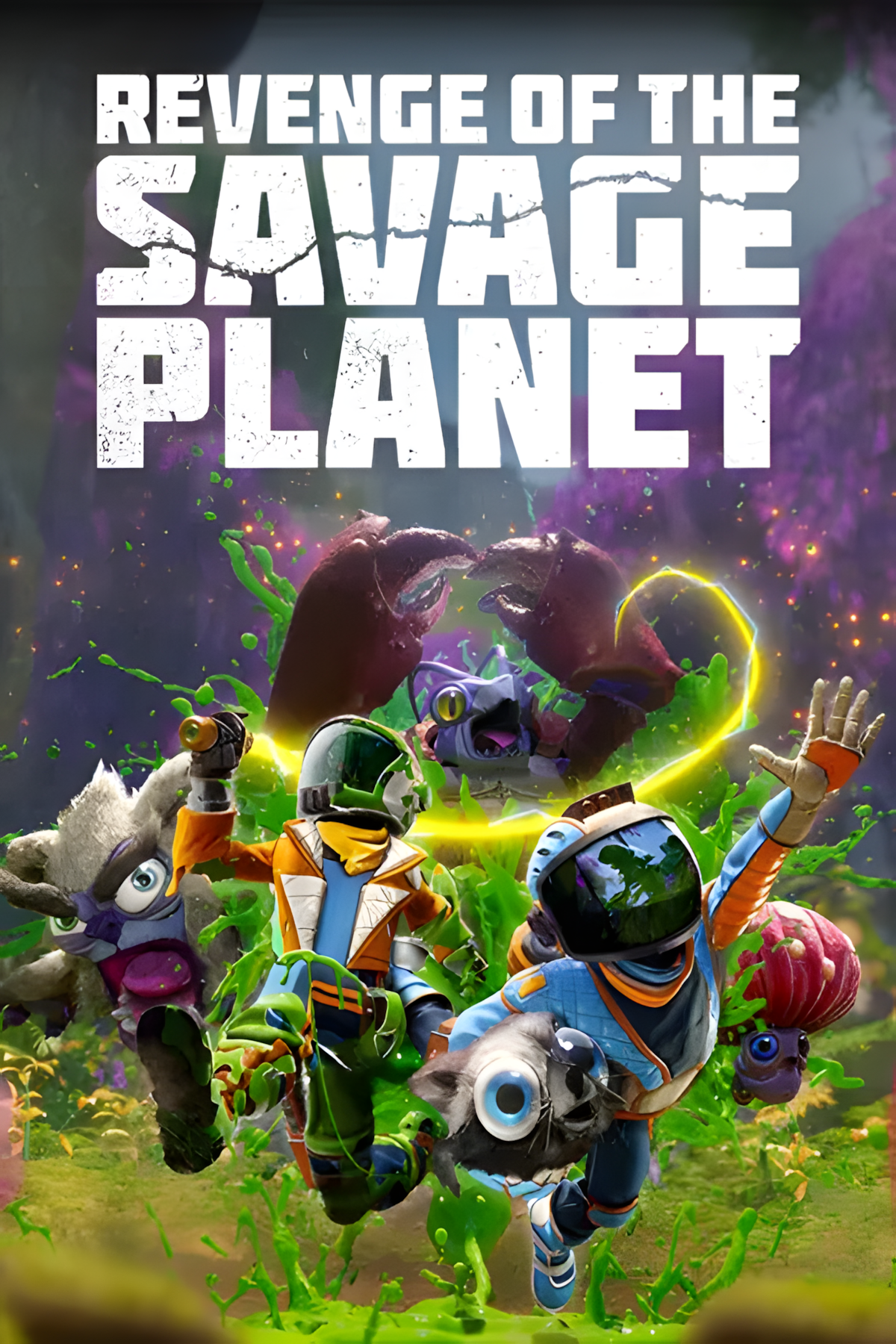Revenge of the Savage Planet follows in its predecessor’s footsteps as a slapstick, exploration-heavy Metroidvania full of humorous gags and tricky secrets off the beaten path. Developed by Raccoon Logic, a studio formed by Journey to the Savage Planet devs after Google Stadia’s shutdown, this sequel aims to deliver much of the same humor and satisfying exploration that made the original a sleeper hit.
Game Rant sat down with Raccoon Logic co-founder and creative director Alex Hutchinson alongside game design director Steven Masters to discuss the team’s approach to Revenge of the Savage Planet‘s Metroidvania elements. Like the first game, players can opt to beeline toward primary objectives and complete the game quickly, or they can explore every nook and cranny to find additional secrets and upgrades. In their mind, both approaches are entirely correct.

Related
Revenge of the Savage Planet Preview
Revenge of the Savage Planet follows up action-adventure title Journey to the Savage Planet with more planets, more tools, and more creatures.
Revenge of the Savage Planet Responds To Player Choices Like The Stanley Parable
Like any good Metroidvania, Revenge of the Savage Planet constantly offers players several paths forward and plenty of choices in-between. Masters points out that it’s not only important to provide players with choices, but to acknowledge and celebrate them as well. This is universally appreciated in games, particularly noticeable in choice-driven RPGs like Dragon Age, so extending that to the Metroidvania genre seems like a wise move. Giving players choices is great, but it’s most impactful when the game responds to these choices. As Masters said,
One of the things I find most fun about that design challenge is responding to and acknowledging the player’s path through the world. Take scanning as an example. One of the first things you’ll find is a health plant, right? You start off slightly damaged, and there’s a health plant nearby so you can refill yourself. Your robotic companion will say something like, “Hey, you should probably check out what that plant is and see if it’s useful to you.”
If you choose to scan it or not, you’ll get different outcomes from the bot. That’s just one simple example. If you eat the plant without scanning it first, the bot might acknowledge that you’re a bit adventurous and say something like, “You probably should have scanned that first!” Then you take that idea and apply it to the rest of the game.
Revenge of the Savage Planet‘s particular blend of comedy also lends well to acknowledging these player choices. Careful players may scan an unfamiliar plant before eating it, while adventurous ones may dive in and take a bite immediately. These are both recognized approaches and the robot companion may have a humorous remark in store depending on that choice. This taps into what made players love The Stanley Parable so much: the feeling that the game is reacting to the player’s actions.
There Is No Wrong Way To Play Revenge of the Savage Planet, Devs Say
Hutchinson believes it’s important that these acknowledgments should always be encouraging. While some devs may not be happy about a gamer speedrunning through painstakingly crafted levels and missing out on countless hours of dialogue writing, Raccoon Logic recognizes these as valid approaches and that the game is enriched by validating those players. A player moving quickly through Revenge of the Savage Planet might get a cheer from the robot companion admiring their laser focus on the primary objective. As Hutchinson explained,
It’s about making them feel like they always did the right thing. Whatever path they chose is the right one; it’s just the flavor of their choice. If someone is very cautious and scans everything, we acknowledge that. Or, if someone is rushing, we celebrate that too—Wow, no time to lose!
Meanwhile, Hutchinson notes that this also helps to inform players of other possibilities. When feedback from the game suggests to players that they did something unusual, it might inspire them to consider new ways to tackle problems. This back-and-forth between the game and the player should make Revenge of the Savage Planet a particularly replayable Metroidvania as players come back to explore every alternative outcome. As Hutchinson said,
It’s all about acknowledging the player’s decisions. I think, especially when we’re trying to be a little systemic—though it’s obviously not a completely systemic game—we want to have enough systemic width so that you can solve a problem in different ways. We want to celebrate that for the player.
If they realize, “Oh, I could have done it another way,” that encourages them to think about the environment differently. That’s a lot more fun than just going from point A to point B and pressing X when you’re told to press X.

Revenge of the Savage Planet is an upbeat, satirical action adventure Sci-Fi. Jump, shoot and collect your way across vibrant alien worlds, uncovering new gear and upgrades, while discovering various hidden secrets.












Leave a Reply